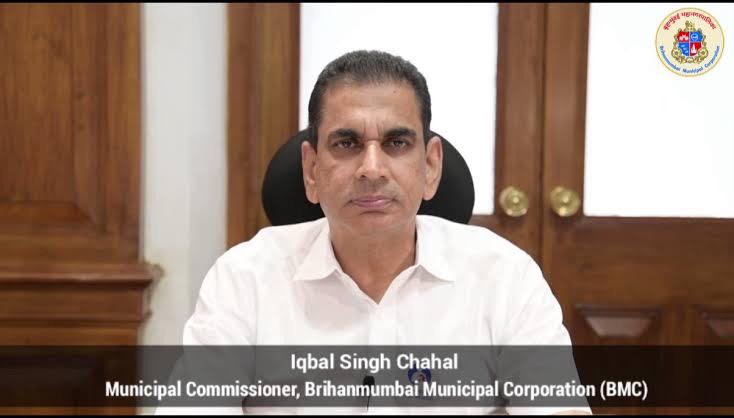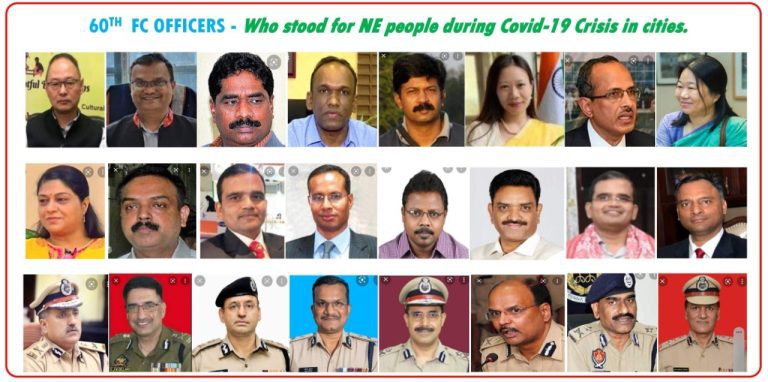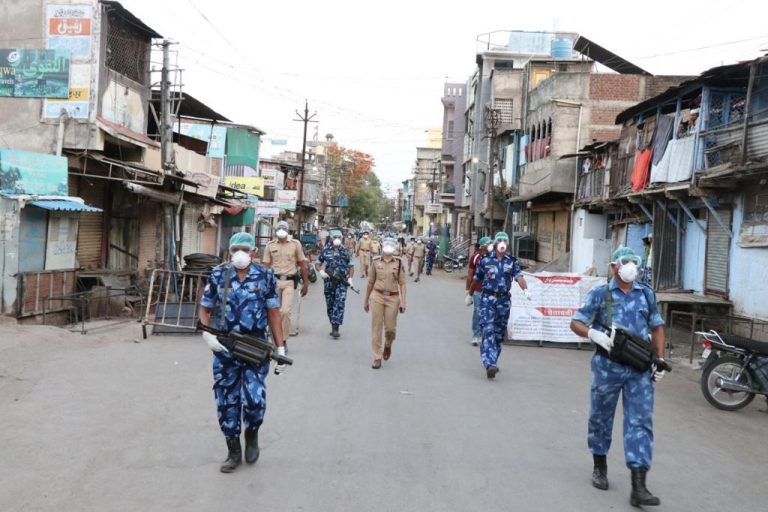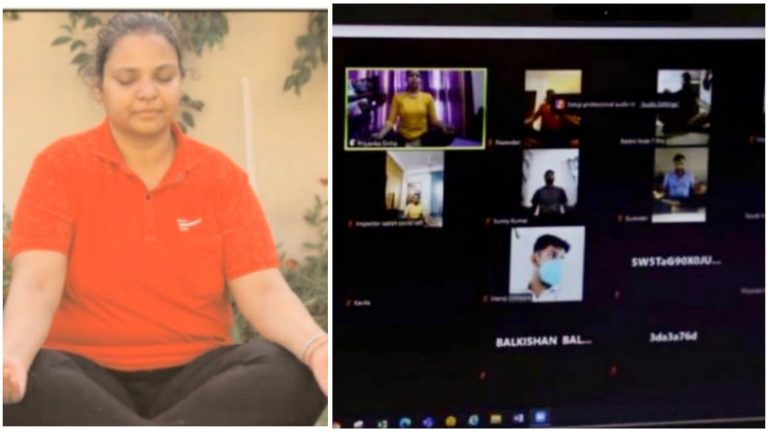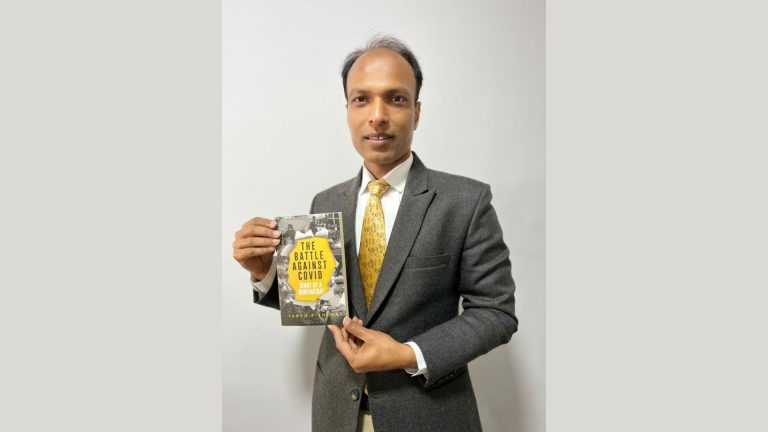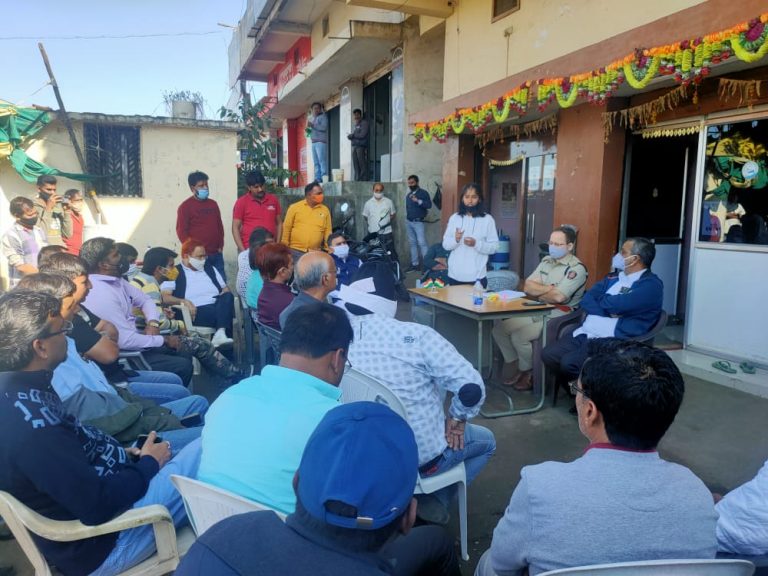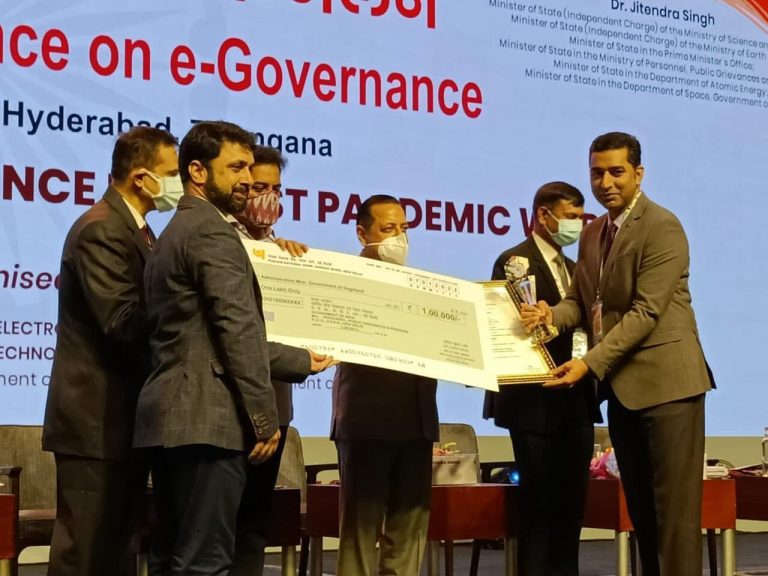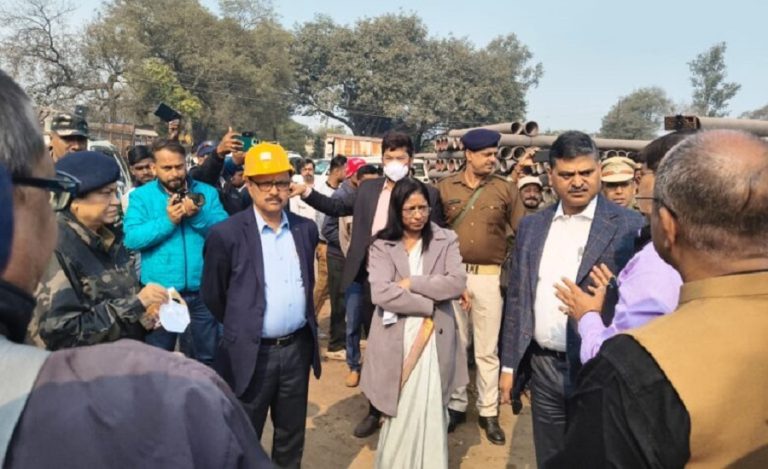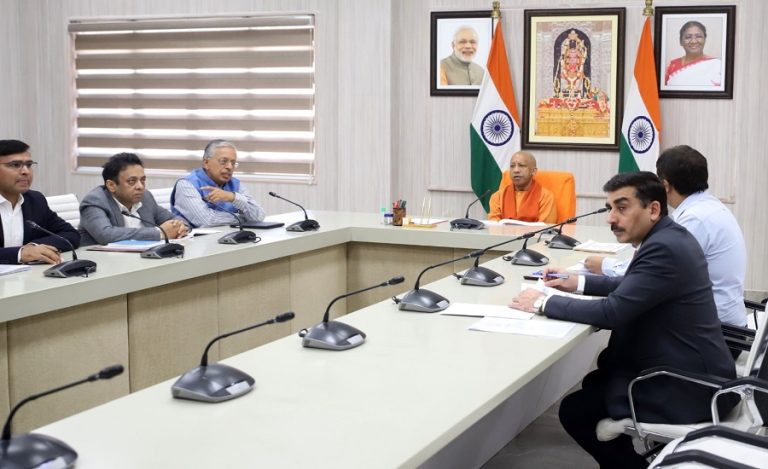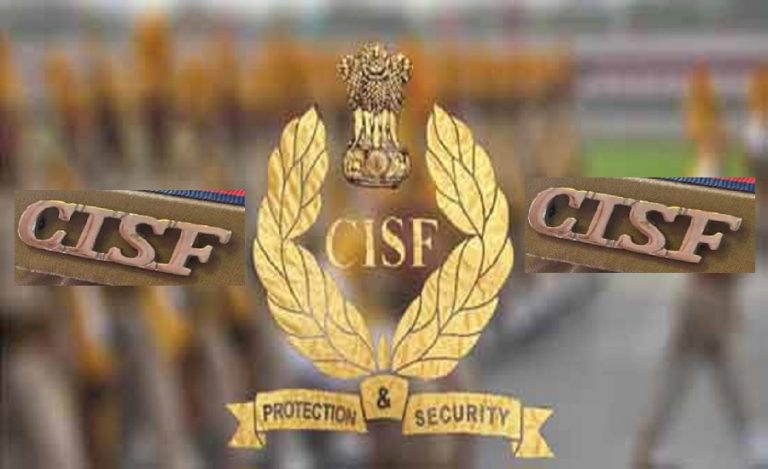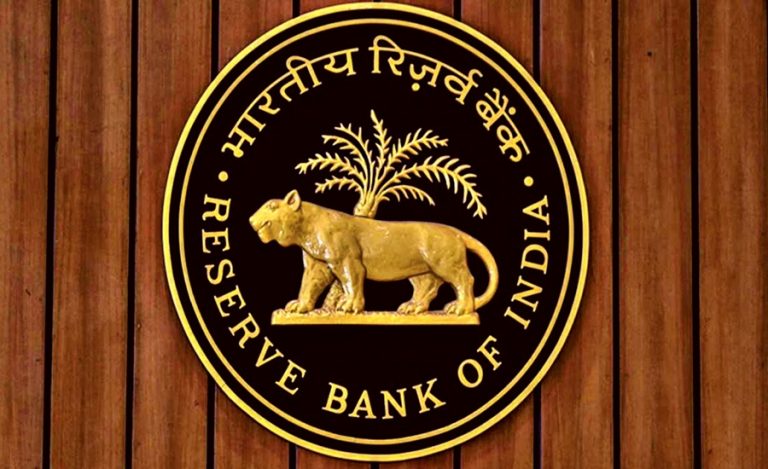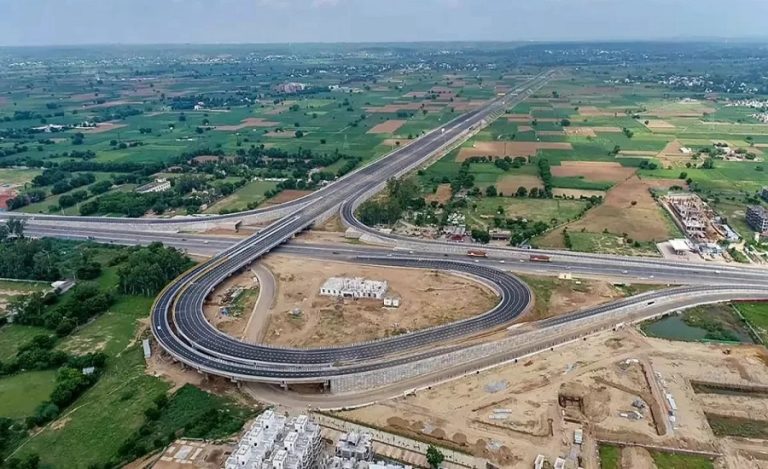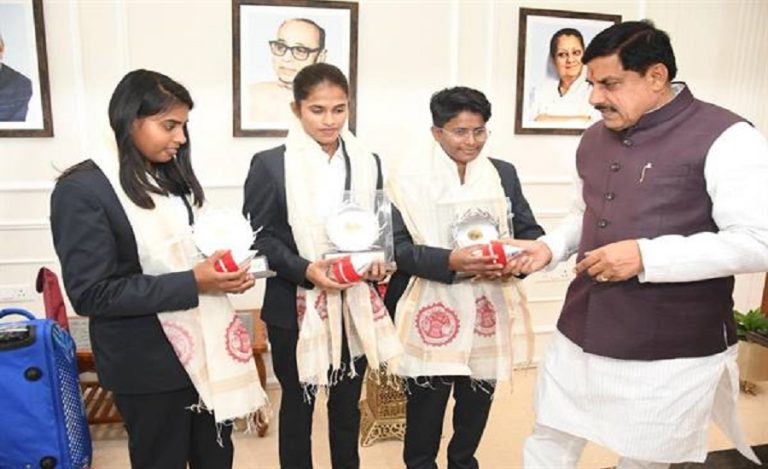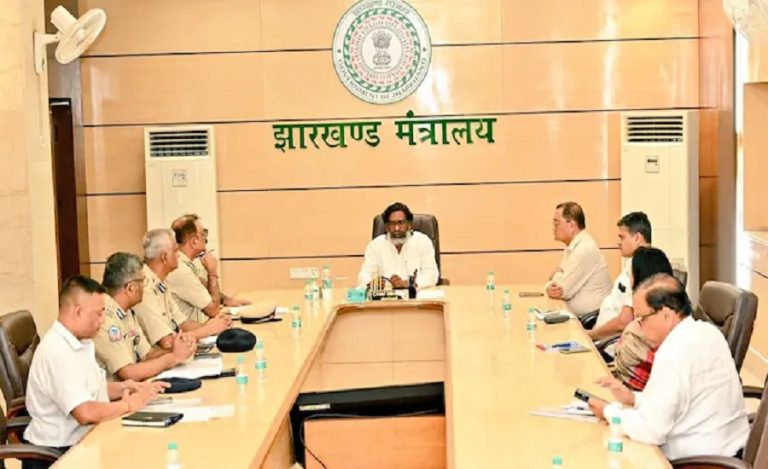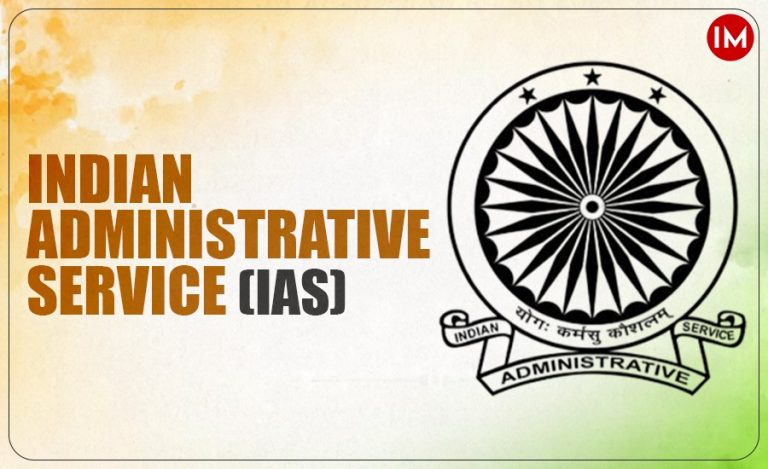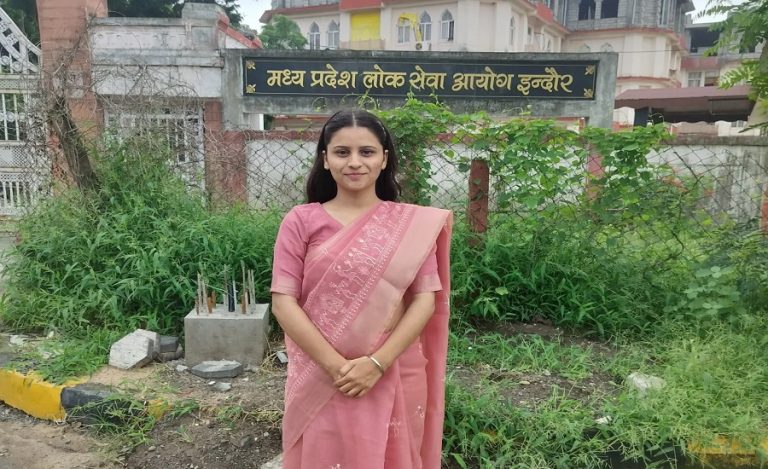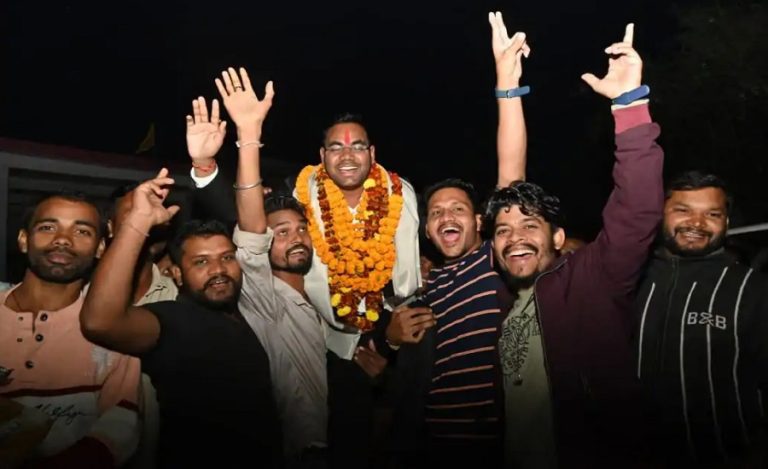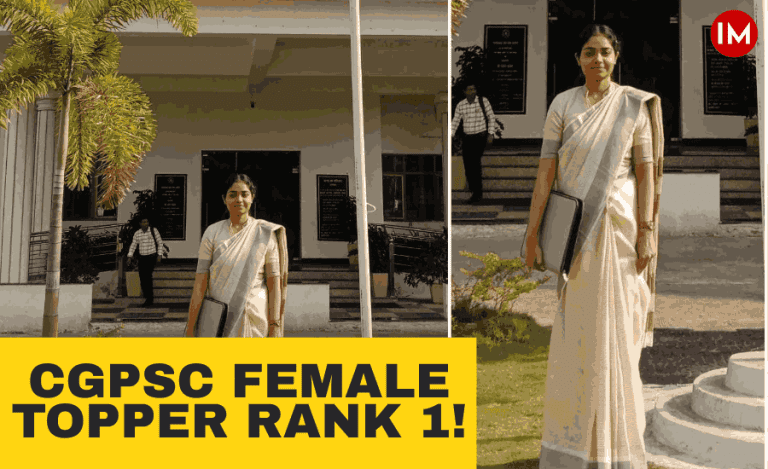Did you know that in a poll conducted on Twitter, civil servants won hands down? The question asked was: According to you, which of the following institutions is carrying out its responsibilities in the best possible manner? 1. Civil Servants 2. Judiciary 3. Politicians 4. Media.
Of more than 3,000 participants, 65% voted in favour of Civil Servants, 22% for Judiciary, Politicians 9% and Media was last with 5%.
The results reflect people’s trust in civil servants, of being able to carry out their responsibilities much better than other institutions. The question was asked by retired IAS officer Anil Swarup, a top bureaucrat of his time who handled important departments like coal and education as Secretary to the Government of India.
In his book, No More a Civil Servant, Mr. Swarup writes that much of the credit that he got in various assignments was on account of the dedicated efforts of a team of civil servants. Hence, post-retirement, he attempted to highlight the excellent work being done by civil servants. The primary reason was to demonstrate to all civil servants that good work could be done as their colleagues were doing it despite the adverse set of circumstances. “Despite the so-called political interference and lack of resources, lack of recognition, and formidable obstacles, they were doing it,” he says.
Among the few civil servants who have found place in his book is 1989-batch IAS officer Iqbal Singh Chahal of Maharashtra cadre, whose Covid work in Mumbai has been highlighted in the section, Making it Happen. Mr. Chahal took charge as Commissioner of Municipal Corporation of Greater Mumbai (MCGM) when the city had become the country’s Covid hotspot and managed to steer it away from a disaster in the making. His Covid management in Dharavi slum drew the world’s attention, with governments looking at it as a model to fight the virus in densely populated areas.
We highlight how Mr. Chahal managed to bring a rapidly deteriorating Covid situation quickly under control, as vividly portrayed through Mr. Swarup’s keen eyes and smooth pen.
A BOMB TICKING AWAY
When Covid arrived in Mumbai, it spread like wildfire, especially in the slums of Dharavi, Govandi and Deonar. One of the biggest slums of Asia, Dharavi, with a population of 8,00,000, spiralled out of control. There were only around 3,700 Covid beds available in the city, and approximately 1,500 people reported positive everyday. Infected patients from the slums were flocking hospitals, gasping for breath, and were dying within a few hours of reaching the hospital. The death rate had gone beyond 8%!
When the Central Government Covid Monitoring Team arrived in Mumbai on May 5, 2020, it warned that Mumbai would explode, leading to thousands of deaths soon. There was panic all around!
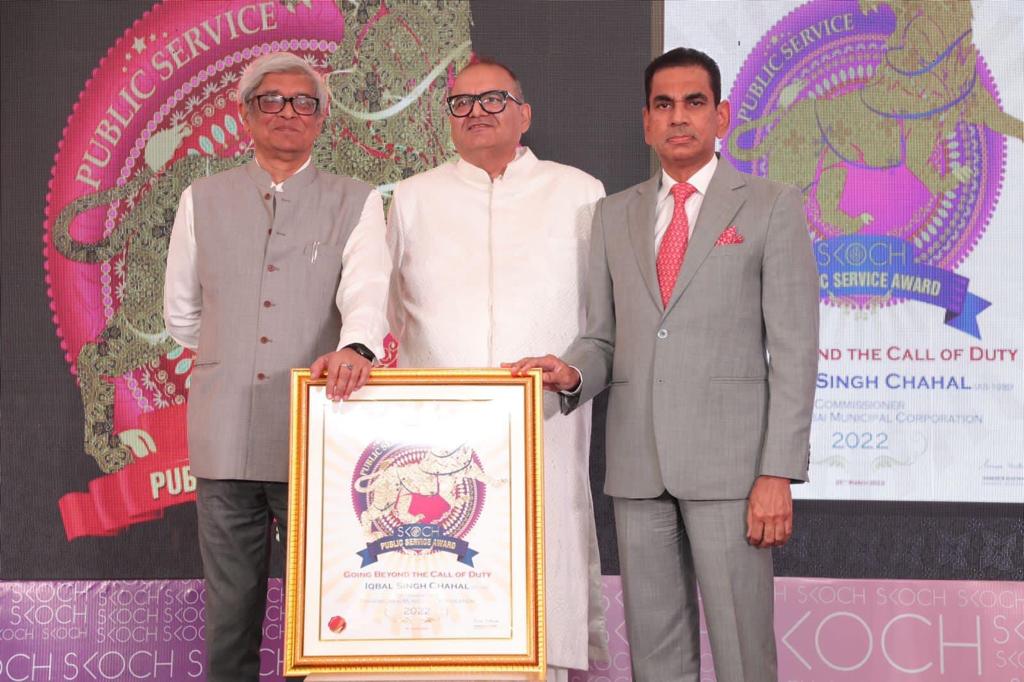
IQBAL SINGH CHAHAL TAKES CHARGE
Left with few options, the State Government shifted the incumbent Municipal Commissioner even before completing a year in this assignment. An IAS officer, Iqbal Singh Chahal, was asked to take over in his place.
Early morning on the very next day of taking over charge on May 8, 2020, he walked into Covid ICU of a hospital to take stock of the ground reality. It was followed by a 4 km long walk in the containment zones of Dharavi slums to understand the actual situation prevailing in these slums of Mumbai. He was clear in his mind about the four pillars on which the foundation of the Covid fight stood – disciplined and focussed testing, a large fleet of ambulances, immediate increase in the number of Covid hospital beds and a substantial increase in the availability of trained para-medical and doctors in Mumbai. The focus had to be on testing, tracing, tracking, quarantine, and treatment.
COVID BEDS INCREASED
Between May 8, 2020, and August 1, 2020, a massive increase in health infrastructure was ensured. The number of Covid beds was increased from 29,282 on May 8, 2020, to 88,953 by August 2020. The total number of ICU beds were also increased from 480 to 1,755 during the same period. Similarly, there was a manifold increase in ventilator beds and ambulances.
TESTING RAMPED UP
Greater emphasis was laid on testing. Arrangements were made to ensure that the results of the tests were made available within 24 hours. Mumbai became the only city in the country where all test reports would come within this period without exception. More than 7.50 lakhs of RTPCR tests, the gold standard, were conducted in the city. This was one of the highest in the country.
DOCTORS & AMBULANCES ON CALL
With a more than ten-fold increase in the number of ambulances from 80 to 825, it was ensured that they were available on call. A vast pool of trained para-medicals and doctors was created in the city. This was achieved by hiring retired doctors from Defence Services and the State and Central Government. More than 100 doctors and nurses were sourced from Kerala on loan. Around 800 MBBS intern students were deployed to manage the Ward War Rooms. IAS officers were drafted to oversee the daily administration of major hospitals in Mumbai.
DEATH RATE CAME DOWN
Consequent to these efforts, recoveries went beyond 80%, and the death rate that was initially 8% in the month of April came down to almost half within a month and finally down to 1.8 %.
Municipal Corporation of Greater Mumbai (MCGM) rose to the occasion in the fight against Covid. Through well-planned, path-breaking and effective initiatives, the Corporation, under the inspired leadership of Iqbal Singh Chahal, managed to take care of the Covid related crisis substantially in Mumbai.
(From the section, ‘Making it Happen’, in the book, ‘No More a Civil Servant’ by Anil Swarup, former Coal and Education Secretary, Government of India.)

